It’s a bold claim – that technology could be at the heart of transforming how we build and live in the United Arab Emirates.
We often picture massive construction projects, luxurious developments, and a focus on opulence when we think about property innovation here. But there’s a quieter revolution happening – one driven by smart solutions and a serious commitment to sustainability.
Imagine a future where buildings are designed for maximum energy efficiency, waste is minimized, and communities thrive in harmony with the environment. This isn’t just a dream; it’s becoming reality thanks to innovative technology.
Let’s explore how PropTech – property technology – is leading the charge, reshaping the landscape of sustainable development across the Emirates.
Sustainable property innovation begins
It’s easy to think sustainable property innovation is just a buzzword – another trend in the world of real estate. But what if it’s actually a seismic shift happening right under your feet?
That initial investment in solar panels or energy-efficient windows might seem like a responsible step, but are you truly building for the future, or simply reacting to current regulations?
While developers focus on incremental improvements, companies are using technology to completely reimagine how buildings operate – from smart grids to predictive maintenance.
The key isn’t just about reducing energy consumption; it’s about creating intelligent ecosystems that adapt and optimize themselves in real-time.
Every dollar spent on a standard retrofit is an opportunity missed to leverage data and automation for truly transformative change.
But here’s what many aren’t openly discussing: the most significant advancements aren’t coming from traditional construction methods, but from the clever application of PropTech solutions.
Let’s explore exactly how this revolution is unfolding and what it means for your property investments – and perhaps even your future.
Smart Buildings’ Potential – Defining Green
People are increasingly aware that buildings consume a huge amount of energy. And this is something you can do something about.
Smart buildings offer a way to reduce this consumption – dramatically! They’re not just fancy offices; they’re designed to be incredibly efficient.
Think about it: Smart thermostats automatically adjust the temperature based on occupancy, lighting systems dim when rooms are empty, and sensors monitor energy usage in real-time. It’s like having a super-smart assistant managing everything!
This potential is amplified by PropTech – technology designed for property. You can see it in action with building management software that optimizes performance.
These systems track everything from water usage to HVAC efficiency, identifying areas where improvements can be made. And the data helps you make informed decisions about how to manage your building sustainably.
Ultimately, this means a smaller carbon footprint and significant cost savings – benefiting everyone involved. It’s redefining what “green” really means in the property sector.
PropTech’s Role in Efficiency – Data Driven
It’s like this: data is transforming how properties are managed in the UAE. You see a lot of buildings now that use smart technology to improve efficiency.
PropTech – short for property technology – uses digital tools and data analysis to make things run smoother, saving energy and resources.
Think about building management systems that track temperature and lighting automatically based on occupancy. Or sensors that monitor water usage in real-time, pinpointing leaks before they become major problems.
This data helps property managers make smarter decisions – things like optimizing HVAC settings to reduce energy consumption or predicting maintenance needs before breakdowns occur.
Essentially, PropTech is turning buildings into living labs of efficiency, all powered by the insights gained from collecting and analyzing this data. It’s about making properties smarter, more sustainable, and ultimately, more cost-effective.
Water Management Systems – Conservation Tech
So, water management systems—conservation tech is rapidly changing how properties are designed and operated in the UAE. It’s about smart solutions for a thirsty landscape.
These systems aren’t just about turning off taps; they’re incredibly sophisticated. They use sensors to monitor water usage in real-time, pinpointing leaks or areas of excessive consumption.
Imagine smart irrigation that adjusts automatically based on weather forecasts and soil moisture levels – minimizing waste without sacrificing lush landscaping. Or automated systems detecting even the smallest drip, preventing significant losses.
The beauty is that this tech creates a closed-loop system. Collected rainwater can be filtered and reused for non-potable purposes like irrigation or toilet flushing.
This drastically reduces reliance on municipal water supplies – particularly crucial in the UAE’s arid climate. It’s about thinking of water as a precious resource, not an endless supply.
Ultimately, these innovative water management systems aren’t just saving water; they’re redefining what sustainable property innovation looks like in the UAE—a shift towards efficiency and resilience.
Renewable Energy Integration – Solar Futures
While renewable energy integration is becoming increasingly important in property innovation, solar futures are a key component of this shift.
You’ll notice that many new developments across the UAE are incorporating large-scale solar panel installations. These aren’t just tacked-on additions; they’re central to the design and operation of these properties.
Buildings are being designed with optimal angles for maximum sunlight capture, and smart energy management systems are used to distribute this power efficiently.
This means that buildings aren’t just consuming electricity; they’re generating it – reducing reliance on traditional grids and lowering carbon footprints significantly.
It’s a really exciting shift, isn’t it? The UAE is truly leading the way in demonstrating how technology—specifically proptech—can drive sustainable property innovation through harnessing the power of the sun.
Predictive Maintenance & Building Health – AI Insights
Predictive maintenance & building health – AI insights is about Managing technology to improve how buildings operate. It’s a fancy way of saying that data can help you keep your property running smoothly and efficiently.
Imagine sensors embedded throughout a building, constantly monitoring everything from temperature and humidity to energy consumption and equipment performance.
These sensors collect massive amounts of data – far more than any human could possibly analyze manually. This data is then fed into powerful AI algorithms.
The AI analyzes this data in real-time, identifying patterns and anomalies that might indicate a potential problem *before* it becomes a major issue.

For example, the system could detect an unusual vibration in a pump – a sign of impending failure – and automatically alert maintenance staff to investigate. Or it could identify a room with consistently high energy consumption, suggesting an inefficient HVAC system.
This proactive approach reduces downtime, lowers operating costs, and extends the lifespan of building assets. It’s about shifting from reactive repairs to preventative care, thanks to the power of AI.
Modular Construction & Off-Site Manufacturing – Streamlining
After modular construction and off-site manufacturing is gaining serious traction in the UAE’s green revolution, it’s really about streamlining processes and boosting sustainability. Let’s talk about how this approach is changing things.
Essentially, you’re seeing components – entire building sections even – built in a factory setting away from the construction site itself. This means everything from wall panels to bathroom pods are created under controlled conditions. It allows for much greater precision and consistency which ultimately reduces waste on-site.
The key here is efficiency. Off-site manufacturing minimizes delays caused by weather or logistical challenges, and it uses materials more effectively because they’re produced with a focus on minimizing scrap. This also means you can use sustainable materials in a controlled environment which improves the overall environmental impact.
Traditionally, construction has been a messy, unpredictable process. But modular approaches offer a far more organized and predictable way of building, reducing disruption to surrounding communities and speeding up project timelines.
This shift also unlocks exciting possibilities for design flexibility – you can create complex architectural features that would be incredibly difficult or expensive to achieve on-site. Plus, the reduced waste translates directly into lower costs and a smaller carbon footprint. It’s a win-win!
Digital Twins & As-Built Models – Real-Time Monitoring
During this UAE’s Green Revolution, digital twins and as-built models are proving incredibly valuable. They provide a way for you to monitor properties in real time.
Think about it – an as-built model is a precise 3D representation of a building or property *as it was constructed*. It captures every detail, from the electrical wiring to the plumbing.
This means you can see exactly how things are laid out and what materials were used. And with digital twins…
A digital twin is a virtual replica of that physical asset – constantly updated with real-time data from sensors throughout the property.
For example, sensors might track temperature, humidity, energy consumption, and occupancy levels. This information feeds directly into the digital twin.
Real-time monitoring allows you to identify inefficiencies, predict maintenance needs, and optimize building performance – all without physically being there. It’s a powerful way to ensure sustainability and reduce waste.
Waste Reduction Technologies – Circular Economy
The circular economy is a game-changer for property innovation in the UAE. You’ll find that it’s all about minimizing waste and maximizing resource use throughout a building’s entire lifecycle.
Waste reduction technologies are key to this transformation. These tools help you track, measure, and ultimately reduce the amount of materials going into landfills.
Smart sensors monitor water usage – identifying leaks and inefficiencies that could be costing a fortune. Data analysis helps optimize energy consumption in buildings, reducing your carbon footprint.
You can also consider modular construction techniques which allow for easier disassembly and reuse of building components at the end of a project’s lifespan. This is crucial for creating truly sustainable structures.
It’s about shifting from a linear ‘take-make-dispose’ model to one where materials are kept in use for as long as possible, reducing environmental impact and boosting economic efficiency – a win-win situation for the UAE’s future!
Community Engagement Platforms – Resident Sustainability
Through innovative community engagement platforms, a truly sustainable property revolution is blossoming across the UAE. It’s all about connecting residents and empowering them to make choices that benefit everyone.
These platforms are essentially digital hubs designed to foster participation. They allow you to share ideas, track progress on sustainability initiatives, and even vote on projects that will shape your community’s environmental footprint.
Imagine a system where residents can suggest improvements – like installing solar panels or creating communal gardens – and then see those suggestions voted on by the entire building or neighbourhood. This direct involvement creates a sense of ownership and motivates greater commitment to eco-friendly practices. It’s about shifting responsibility from developers to the people who actually live within these spaces.
Furthermore, you can use these platforms to monitor energy and water consumption. Real-time data helps everyone understand their impact and encourages mindful behaviour – perhaps reducing unnecessary usage or participating in challenges designed to conserve resources.
Blockchain for Property Transactions – Transparent Supply Chains
It’s increasingly clear that blockchain technology is poised to revolutionize how properties are bought, sold, and managed across the UAE. This shift isn’t just about streamlining processes; it’s fundamentally changing transparency within supply chains.
Consider this: traditionally, tracking materials used in construction – from steel and concrete to timber and tiles – can be a tangled web of paperwork and potentially unreliable data. You might not always have complete visibility into the origin or sustainability credentials of these components.
Blockchain offers an alternative. Every step in the supply chain—the sourcing, manufacturing, transportation, and even installation—can be recorded as a secure, immutable transaction on the distributed ledger. This creates an unchangeable record that you can always trace back to its source.
This level of transparency addresses key concerns about sustainable property development. You can verify whether materials are sourced ethically, produced with minimal environmental impact, and meet stringent quality standards.
Imagine a smart building where you instantly know the carbon footprint of every element used in its construction – from the energy-efficient windows to the recycled flooring. That’s the power of blockchain-verified supply chains.
Ultimately, this technology helps ensure that your property isn’t just beautiful and functional; it’s built on a foundation of genuine sustainability and trust.
The Future of Green Certifications – Automated Verification
The future of green certifications is changing rapidly, and automated verification is leading the charge. You’ll see a shift away from manual reviews toward systems that instantly confirm sustainability claims.
Currently, verifying green building certifications – like LEED or BREEAM – can be a lengthy process. It involves detailed inspections, paperwork, and often, subjective assessments.
This creates bottlenecks and delays, adding to the cost of sustainable construction. But imagine a system where data from smart building sensors is automatically analyzed—real-time energy consumption, water usage, material sourcing…
You’ll have an immediate, objective assessment of whether a property meets sustainability criteria. This automated verification creates trust and transparency for consumers and investors alike.
These systems can track everything from the embodied carbon in building materials to operational energy performance. It provides continuous monitoring and reporting – far more accurate than traditional audits.
Automated verification isn’t about replacing human expertise; it’s about augmenting it. You’ll still need qualified professionals, but they’ll be armed with powerful data-driven insights, streamlining the process and ensuring greater accuracy in green building certifications.
Scaling Sustainable Innovation – UAE’s Vision
As scaling sustainable innovation is central to the United Arab Emirates’ vision, technology plays a crucial role. This approach focuses on how innovative technologies are transforming property development toward greater environmental responsibility.
Smart Building Technologies are key. These systems optimize energy consumption – think automated lighting and heating controls responding to occupancy levels. They can also monitor water usage, identifying leaks or inefficiencies that might otherwise go unnoticed. The goal is a reduction in waste and a significant decrease in the carbon footprint of buildings.
Imagine a building where sensors automatically adjust temperature based on who’s there, rather than running constantly at maximum power. Or systems that pinpoint exactly how much water is being used and alert managers to potential problems before they become major issues. This isn’t just about efficiency; it’s about fundamentally changing the way buildings operate.
Digital Twins are also a game-changer. These virtual replicas of physical properties allow for simulations – testing different design choices or operational strategies *before* construction even begins.
You can use a digital twin to assess how a building will perform under various weather conditions, optimizing its orientation and materials for maximum energy efficiency. This proactive approach minimizes the risk of costly mistakes and ensures a truly sustainable design from the outset.
Building a greener future, one smart building at a time… it’s not just possible; it’s happening!
The momentum is undeniable: property innovation in the UAE is undergoing a dramatic transformation thanks to PropTech.
This shift isn’t simply about adding solar panels – though that’s certainly part of it. It’s about Managing technology to fundamentally rethink how buildings are designed, managed, and operated for maximum sustainability. Smart building management systems, data-driven energy optimization, and innovative construction materials are becoming increasingly commonplace, drastically reducing carbon footprints and resource consumption across the sector. The advancements being made are attracting significant investment and driving a genuine commitment to environmentally responsible development.
Early adopters of these technologies aren’t just meeting regulatory requirements; they’re creating healthier, more efficient spaces that attract top talent and enhance brand reputation. Businesses investing in PropTech solutions are positioning themselves as leaders in sustainability – a critical advantage in today’s market. This proactive approach ensures long-term value and contributes directly to the UAE’s ambitious environmental goals.
Embrace this revolution! Explore the possibilities of PropTech, integrate sustainable practices into your property strategies, and contribute to shaping a truly resilient and thriving future for the nation. Let’s build a legacy of innovation – one eco-friendly building at a time.
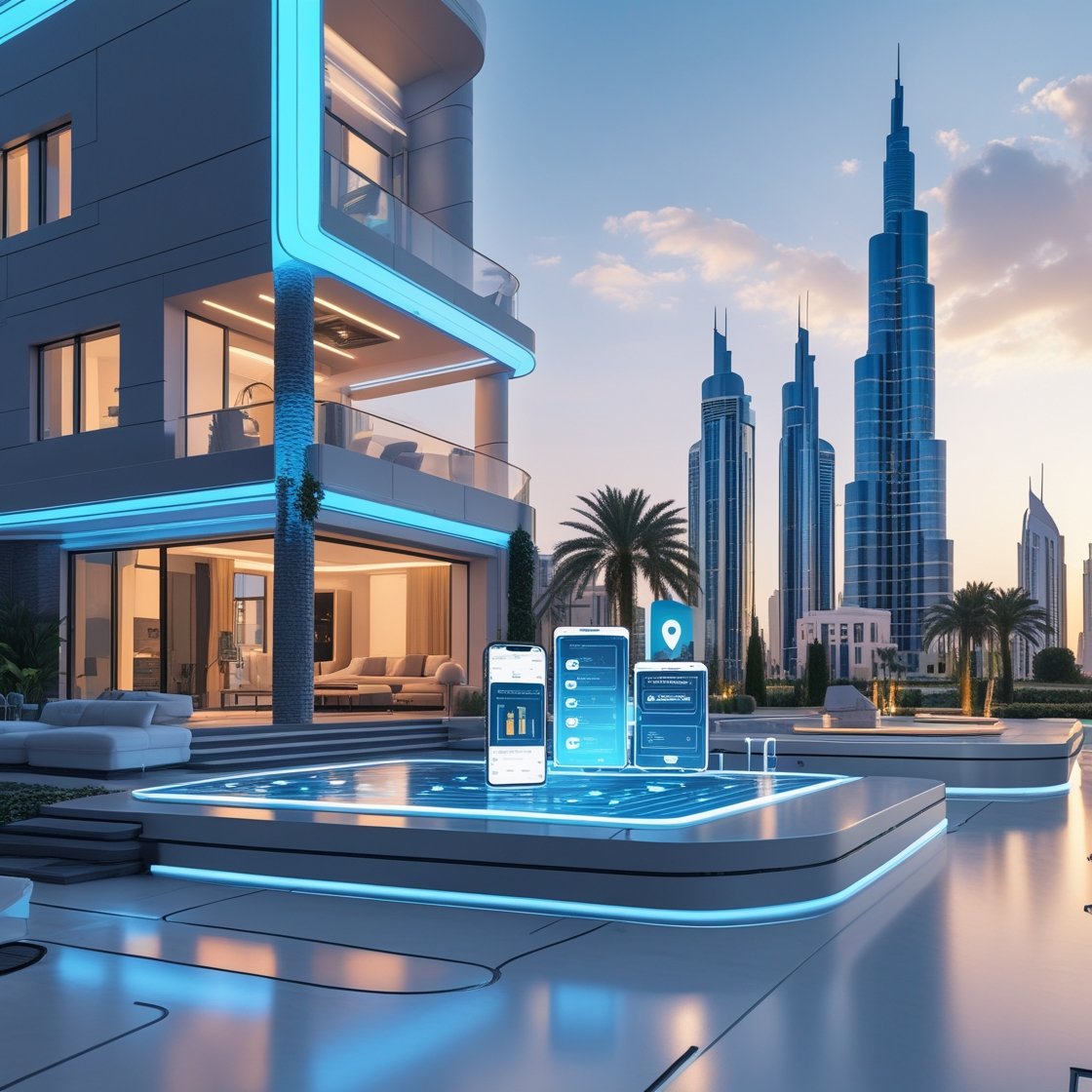
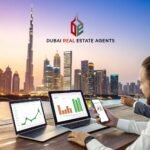

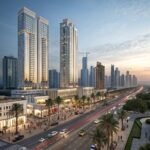
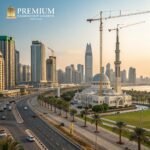
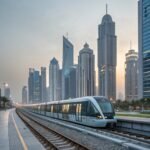
Leave a comment